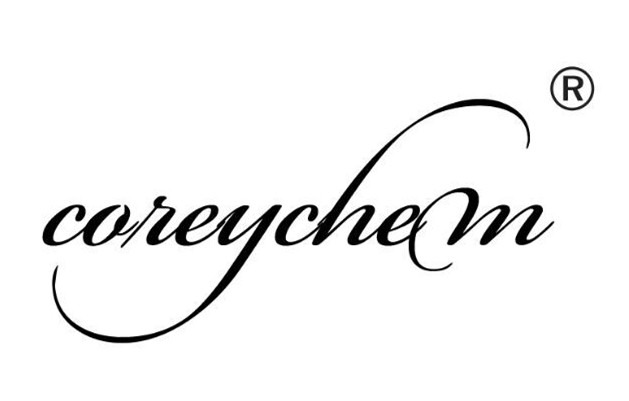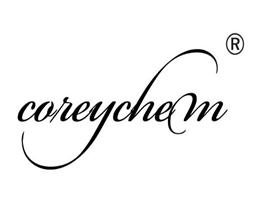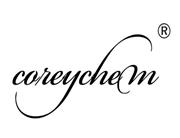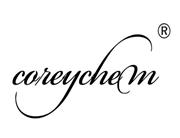| Content analysis |
Method one: determinate according to the content analysis method in "butyl p-hydroxybenzoate (07002)". Per mL 1 mol/L sodium hydroxide is equivalent to the product (C8H8O3) 152.2mg.
Method two: Take 0.1 g (accurate to 1 mg) of the sample previously dried on silica gel for 5 h and move into a 300 ml flask with a glass plug. Plus l mol/L sodium hydroxide 10ml, heated in the water bath for 15min. After cooling, add 0.1mol/L potassium bromate 0.00ml, potassium bromide 5.0g and l mol/L hydrochloric acid 30ml. Put 15min in the dark room after sealing. Add potassium iodide 1 g, shake the flask vigorously, with 0.1mol/L sodium thiosulfate titration, with starch test solution (TS-235) as an indicator. Per ml 0.1mol/L potassium bromate is equivalent to the product (C8H8O3) 25.36mg. |
| Toxicity |
ADI 0~10mg/kg(FAO/WHO,2001).
GRAS(FDA,§184.1490,2000).
LD503000mg/kg(Dog, mouth) |
| Utilization limitation |
FAO/WHO (1984): Jam, jelly, 1000mg/kg (single or with benzoate, sorbic acid and potassium sorbate).
EEC(1990,mg/kg): For use in pigment solutions, flavor syrups, coffee extracts, frozen drinks, fruit, glucose and soft drinks, pickled fish, salad, sauce, snack food, concentrated soup and so on, limited to GMP; Beer 70; Snack cereals and soup concentrate 175, the same as "07018 p-hydroxybenzoate".
HACSG is listed as a restricted list.
FDA,§184.1490(2000):0.1%. |
| Chemical properties |
White needle crystal; Slightly soluble in water, easily soluble in ethanol, ether, acetone and other organic solvents. |
| Application |
- Antioxidants.
- Antimicrobial agents for medicine and organic synthesis.
- Anti-mildew in food, cosmetics and pharmaceutical industries.
- As a preservative antiseptic agents in the pharmaceutical industry, also for organic synthesis and food, spices, film and other preservative additives.
- Similar products produced by similar production methods, like ethyl p-hydroxybenzoate (paraben B) and propyl p-hydroxybenzoate (Nepalese c), are also disinfectant preservatives.The products are irritating to the skin.
|
| Preparation |
The drug is esterified with p-hydroxybenzoic acid and methanol. The p-hydroxybenzoic acid was added to excess methanol to dissolve, stirring and adding concentrated sulfuric acid slowly. After heating and refluxing 10h, pour into the water to precipitate crystallization, then washed with water, sodium carbonate solution and water, finally obtain the crude product. Recrystallize from water or 25% ethanol to obtain finished product. The yield was 85%. Raw material consumption (kg/t): p-hydroxybenzoic acid 1200, methanol 1000. |
| Category |
Toxic Chemicals |
| Toxic grading |
Moderate toxicity |
| Acute toxicity |
Abdomen-mouse LD50: 960 mg/kg |
| Flammability hazard characteristics |
Combustible, excretes spicy smoke from fireground |
| Storage |
Ventilated , low temperature and dry warehouse. |
| Extinguishing agent |
Water, carbon dioxide, dry powder, sand. |
| Chemical Properties |
white crystalline powder |
| Uses |
It is used as preservative in foods, beverages and cosmetics. |
| Definition |
ChEBI: A 4-hydroxybenzoate ester resulting from the formal condensation of the carboxy group of 4-hydroxybenzoic acid with methanol. It is the most frequently used antimicrobial preservative in cosmetics. It occurs naturally in several fruits, particularly in blu berries. |
| Uses |
As preservative in foods, beverages and cosmetics. |

 China
China







